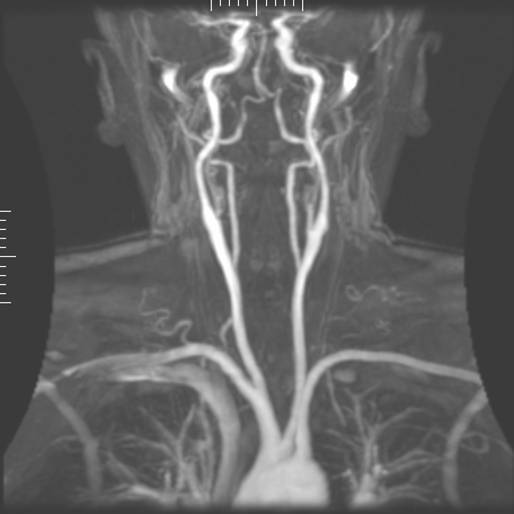Cerebral arteries on:
[Wikipedia]
[Google]
[Amazon]

 The cerebral arteries describe three main pairs of arteries and their branches, which perfuse the
The cerebral arteries describe three main pairs of arteries and their branches, which perfuse the
 The cerebral arteries describe three main pairs of arteries and their branches, which perfuse the
The cerebral arteries describe three main pairs of arteries and their branches, which perfuse the cerebrum
The cerebrum, telencephalon or endbrain is the largest part of the brain containing the cerebral cortex (of the two cerebral hemispheres), as well as several subcortical structures, including the hippocampus, basal ganglia, and olfactory bulb. ...
of the brain
The brain is an organ that serves as the center of the nervous system in all vertebrate and most invertebrate animals. It consists of nervous tissue and is typically located in the head ( cephalization), usually near organs for special ...
.
The three main arteries are the:
* '' Anterior cerebral artery'' (ACA)
* '' Middle cerebral artery'' (MCA)
* '' Posterior cerebral artery'' (PCA)
Both the ACA and MCA originate from the cerebral portion of internal carotid artery, while PCA branches from the intersection of the posterior communicating artery and the anterior portion of the basilar artery
The basilar artery () is one of the arteries that supplies the brain with oxygen-rich blood.
The two vertebral arteries and the basilar artery are known as the vertebral basilar system, which supplies blood to the posterior part of the circle o ...
. The three pairs of arteries are linked via the anterior communicating artery and the posterior communicating arteries. All three arteries send out arteries that perforate brain in the medial central portions prior to branching and bifurcating further.
The arteries are usually divided into different segments from 1–4 or 5 to denote how far the level of the branch with the lower numbers denoting vessels closer to the source artery. Even though the arteries branching off these vessels retain some aspect of constancy in terms of size and position, a great amount of variety in topography, position, source and prominence nevertheless exists.
References
{{Arteries of head and neck Arteries of the head and neck